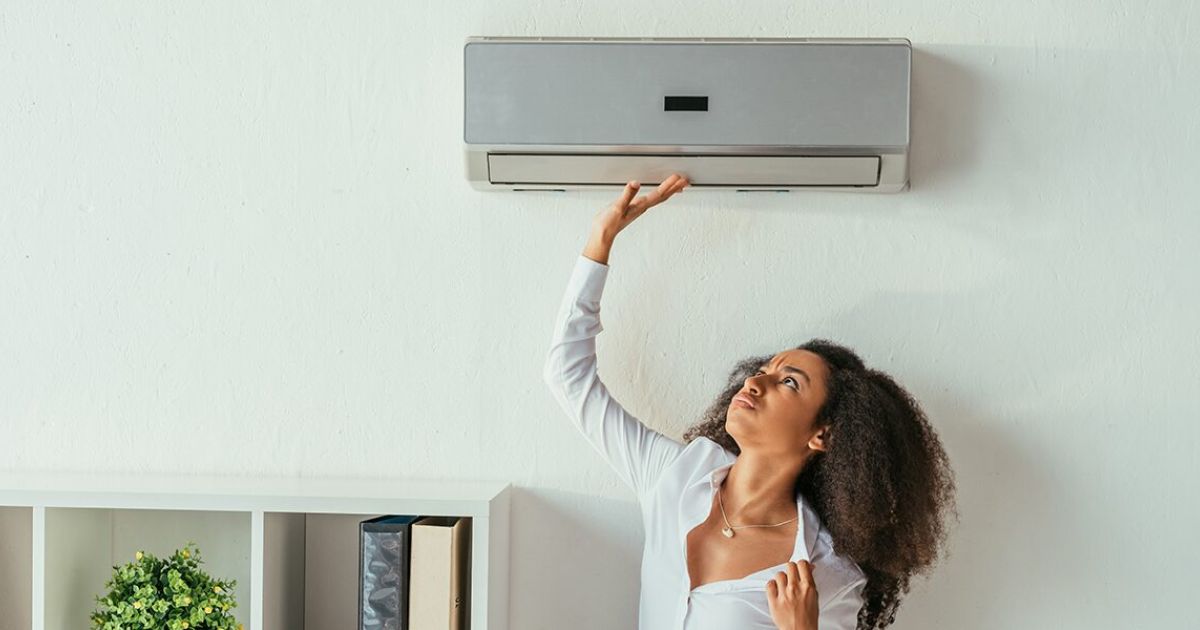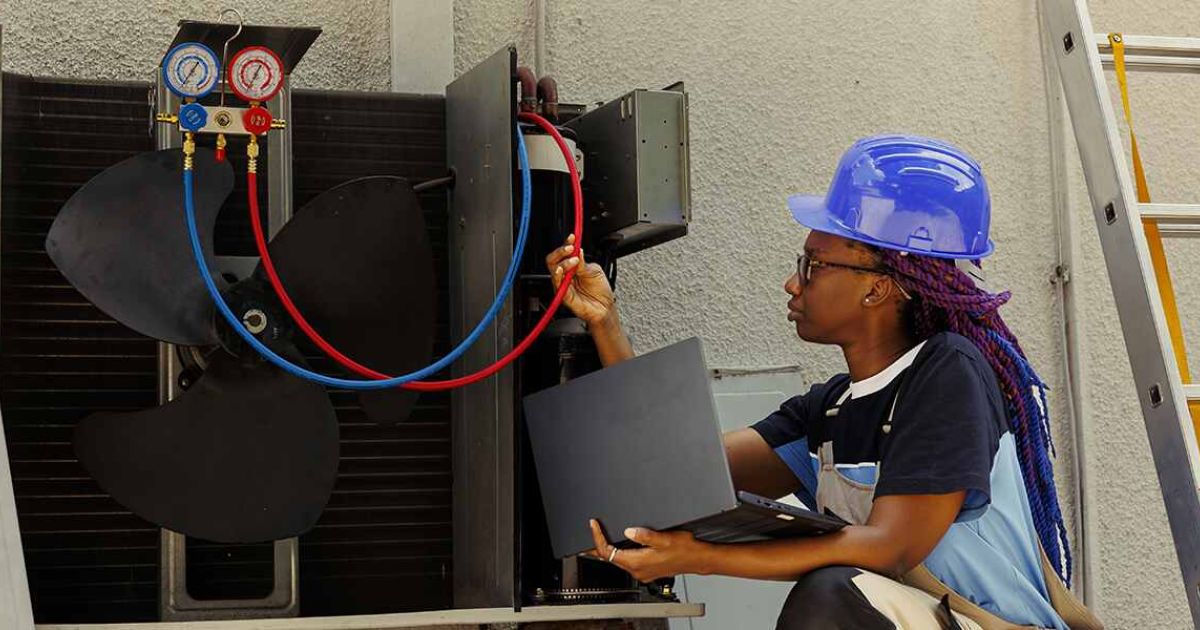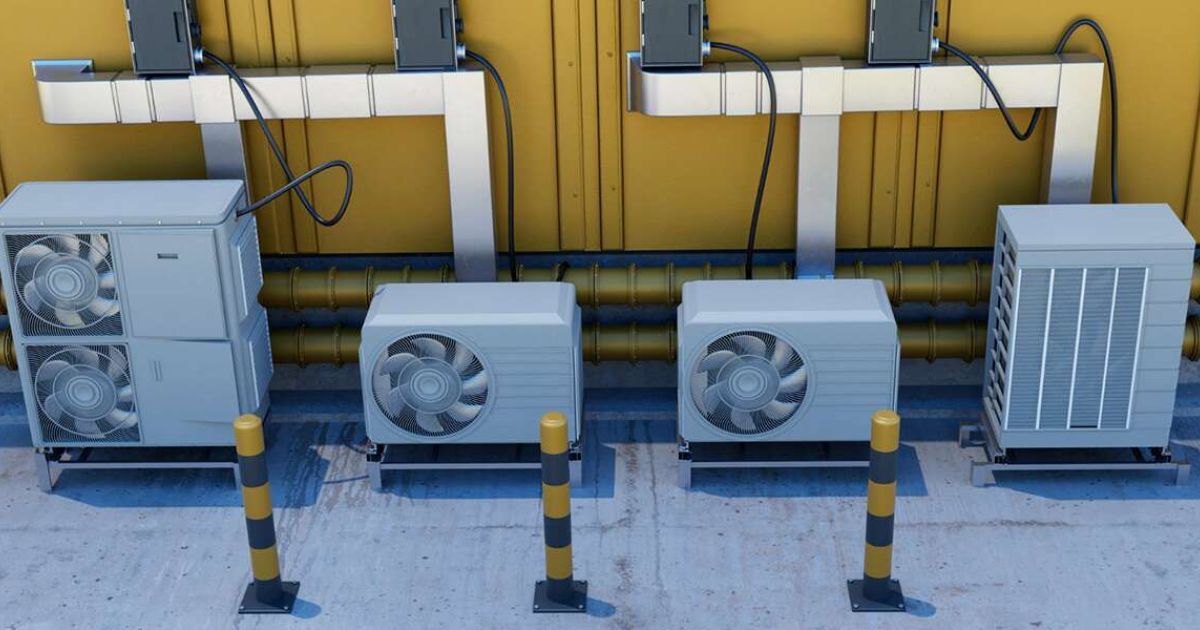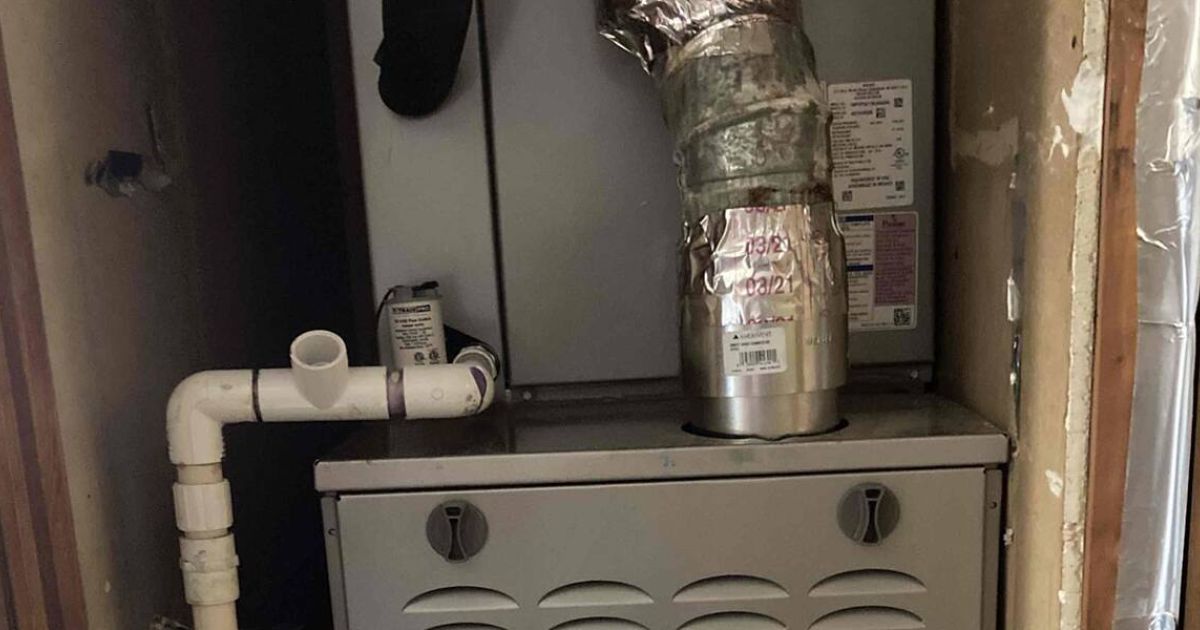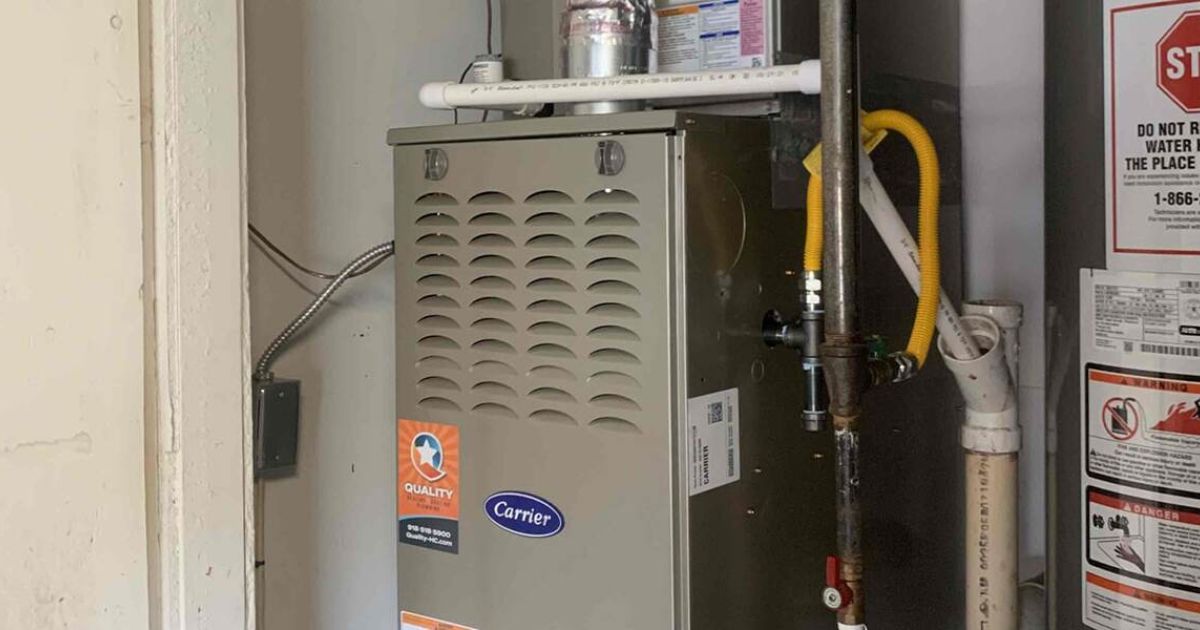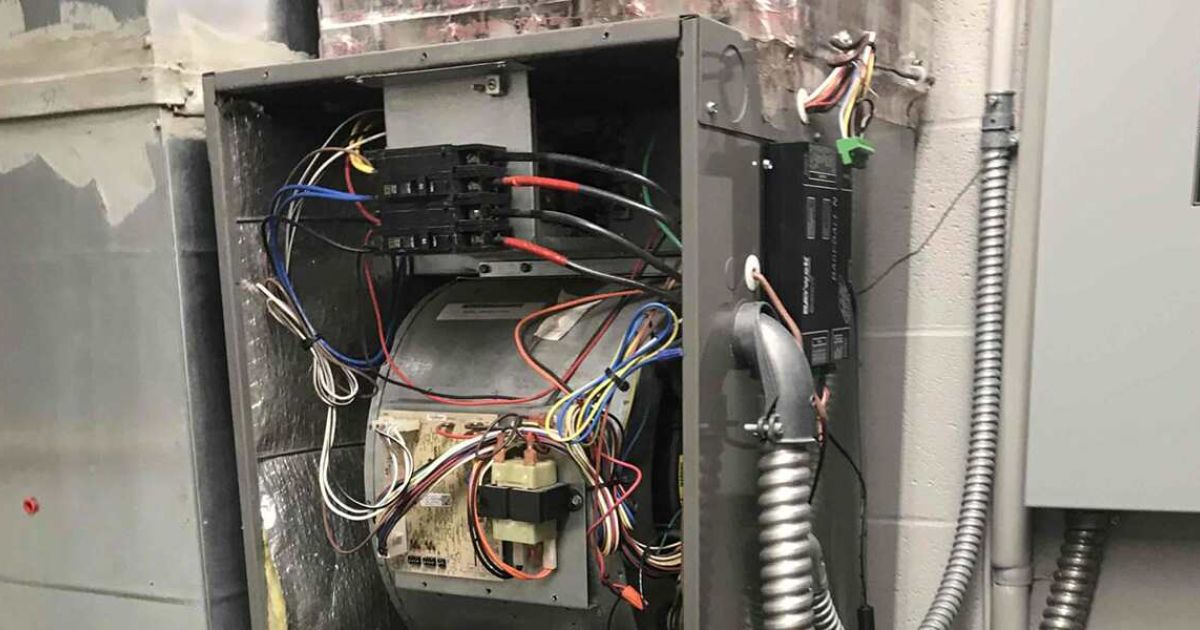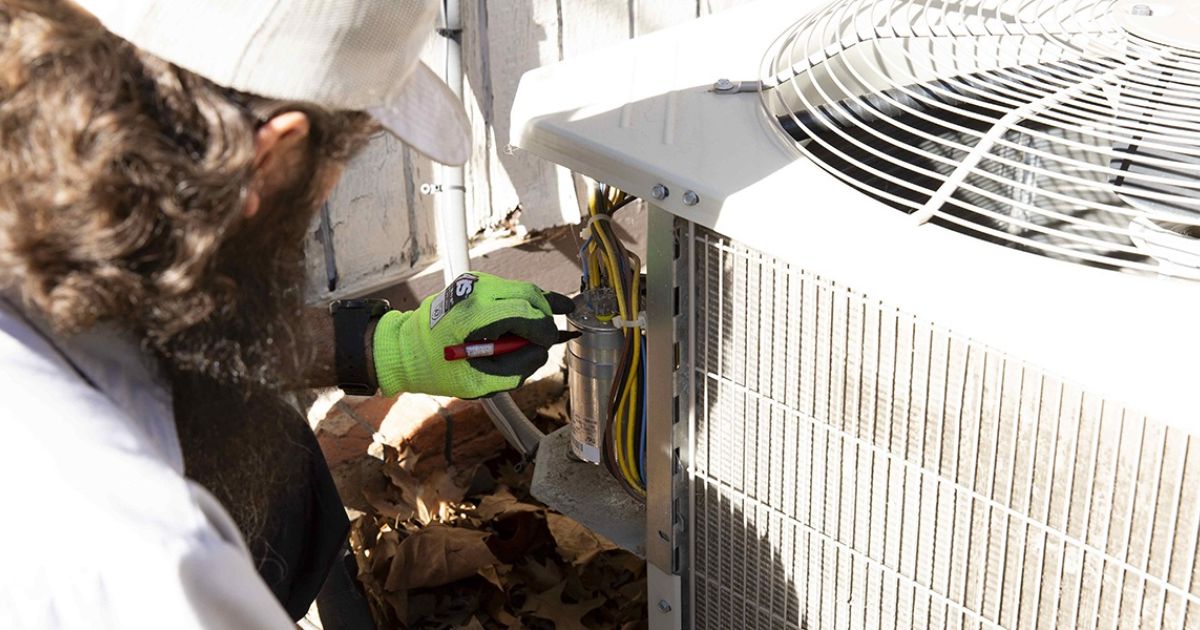
Is your AC failing to cool your home? You might have low refrigerant. Call Quality Heating, Cooling & Plumbing at 918.212.0122 for AC service today!
There is nothing more frustrating than your home AC system not working on the hottest, most humid days of the year. Relaxing at home becomes impossible, and you wonder what could be the problem. If your AC is low on refrigerant, it cannot adequately cool the air it circulates throughout your home.
As your source for reliable AC repair in Tulsa, Quality Heating, Cooling & Plumbing is here to explain how to check the refrigerant level in AC in five steps so you know when it’s time to give us a call. Before we dive into the details, let’s go over what refrigerant is and how it works.
What Is Refrigerant?
Refrigerant in your AC unit is the substance that chills the warm air from outdoors to distribute cool, fresh air in your home. In the form of a vapor or liquid, refrigerant exists inside the evaporator coils and condenser coils to ensure that the air distributed into your home is comfortable and cool.
Before knowing what refrigerant is, many people assume that their AC unit has a “cooling component,” but this is not the case. Instead, it’s a transfer of heat energy.
When warm air enters the system from outside, the refrigerant absorbs the warm air and transitions to a liquid state. Once the warm air passes over the coils to the outside, the refrigerant begins to cool inside the coils, turning the refrigerant into a gas. The fan then blows the warm air over the cooled coils, providing your home with cooled air.
Working in a continuous cycle, this is how your air conditioner transfers heat energy to produce cool, comfortable air. If your AC is low on refrigerant, the system can’t cool the air, and your AC will blow hot air.
Low Refrigerant Level Signs
If you’ve noticed warm air flowing through your home despite turning down the temperature and nothing seems to be working, this is the first tell-tale sign that your AC unit’s refrigerant levels could be low.
While there are other reasons your AC could be malfunctioning, like dirty air filters or dirt buildup on the coils, low refrigerant levels are a common problem. Here’s how to know if your refrigerant levels are running low:
- Hissing noises: If you hear a hissing noise that you’re not used to coming from your AC unit, it may be a refrigerant problem. You may hear hissing or bubbling sounds which could be the result of a refrigerant leak.
- Ice Found On AC Unit: Icing or frost on your AC can be a result of low refrigerant levels. This is because the drop in temperature can cause ice to build up on the evaporator coil.
- Increased Energy Bills: When your AC is experiencing low refrigerant levels, this means it takes longer for heat to transfer. This process can result in a higher energy bill because your AC has to work harder and longer than it should.
You can detect a refrigerant leak in your AC unit with soap. Mix soap and water and place them in a bowl underneath where you think the refrigerant is dripping out of your unit. If bubbles form in the soap, you likely have a leak.
If you’re experiencing all of these issues, plus warm air circulating throughout your home, you can check the refrigerant levels in just a few steps. A certified HVAC technician can do this, too, so if you prefer to leave it to the experts, give your local HVAC company a call.
How to Check Refrigerant Levels in AC: 5 Steps
If you’re unfamiliar with ways to check the refrigerant, don’t worry. We’ve outlined five easy steps to check your refrigerant levels at home. You’ll need a refrigerant slider, which you can purchase from a hardware store. If you don’t have one, you can always leave this task to the HVAC experts.
1. Confirm What Type of Refrigerant Your Have
You’ll want to check what type of refrigerant your AC unit has. The type plate of your AC unit should list this information. Freon is one type of refrigerant, but yours may have a different brand.
2. Check the Refrigerant Pressure
Once you’ve determined the type of refrigerant, it’s time to check the pressure. Low refrigerant pressure means a low Freon level. Your AC system should have pressure gauges that indicate high or low pressure as well as suction and discharge pressure.
3. Take Evaporation and Condensation Readings
Using a refrigerant slider, it’s time for you to determine the evaporation and condensation temperature. For evaporation, set the slider on “dew” and for condensation, set the slider on “bubble.” Make sure to write down the temperature.
4. Take Refrigerant Temperature Readings
When measuring refrigerant levels, it’s important to calculate the temperature difference between subcooling and subheating. The subcooling temperature should be at about 5 Kelvin (K), while the superheating temperature must be at about 10K. To properly calculate superheating and subcooling within your unit, you will need a digital thermometer, refrigerant slider, and a way to track the results you find.
5. Calculate Refrigerant Level
Once you’ve collected all of the data needed to determine the temperatures for subcooling and superheating, it’s time to calculate. To get the superheating temperature, subtract the evaporation temperature from the suction pipe temperature. For subcooling, subtract the discharge pipe temperature from the condensation.
If you find that your refrigerant temperatures are not within the 10K to 5K range (which is normal for optimal function), you likely have low refrigerant levels. Call an HVAC technician who can confirm your refrigerant levels and refill the coolant if necessary.
Call Quality Heating, Cooling & Plumbing for Refrigerant Checks and Refills in Tulsa
If your refrigerant levels are low, then that means it’s time to call a technician. Here at Quality Heating, Cooling & Plumbing, we specialize in helping people with AC maintenance and unit problems. Call 918.212.0122 today if you’re wondering how to check refrigerant level in AC.

Cassie Pound is the Vice President of Quality Heating, Cooling, Plumbing & Electric with locations in Tulsa, Glenpool, and Bartlesville, Oklahoma.


